For as long as humans have been making art they have also been creating self portraits. 30,000 years ago, prehistoric people decorated the Chauvet Cave in southern France and some of them sprayed pigment to make outlines of their hands in a very ancient form of self portrait.
Ever since then, artists have been using their own image as a rich theme to develop their artistic skills and practice – Albrecht Dürer, Gustave Courbet, Egon Schiele, Vincent van Gogh, Lucian Freud – the list of master artists who have turned their hand to the self portrait is endless. Rembrandt made self portraits throughout his life, a wonderful record of one man’s self image over the years, while German painter Lovis Corinth painted a picture of himself every birthday resulting in a markable study of artistic development.
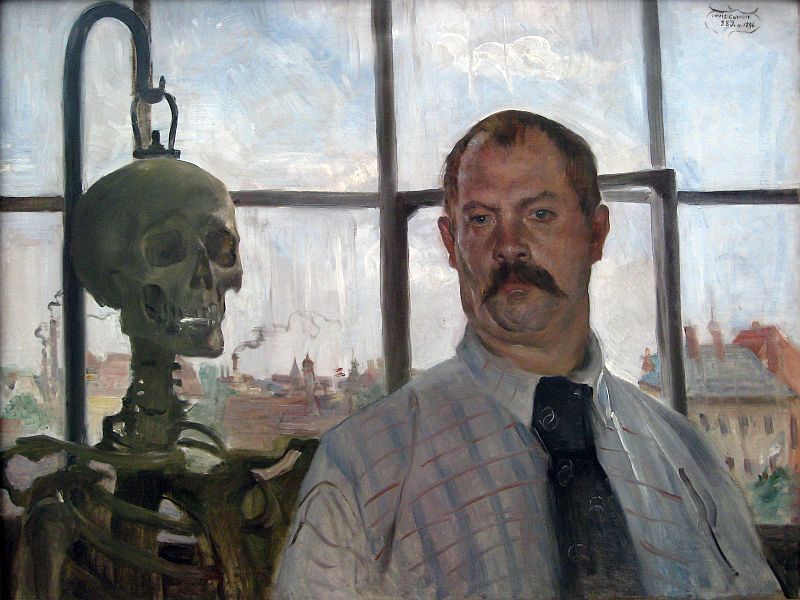
Painting your self-portrait is a brilliant project for developing your artistic techniques and, providing you have a mirror and the suitable materials, your model is always available. Choose a composition with just your head and shoulders with strong light on one side and experiment with different colored backgrounds; varying the color, light direction and intensity will produce different effects including reflected light and tonal shadows.
Preparing for your painting
Before you start painting you should decide on a pose, remember that you need to be comfortable in the position you choose, you need to be able to paint freely and keep in mind that it may be possible for you to adopt the pose for long painting sessions and should able to easily retake the position over multiple sessions.
Next you need to consider how you will approach the problem of depicting your own face – the face is, to human eyes, the most recognizable object in the world and we naturally read a great deal into the emotions concealed in subtle shifts in the face’s muscles, skin, eyes and mouth.
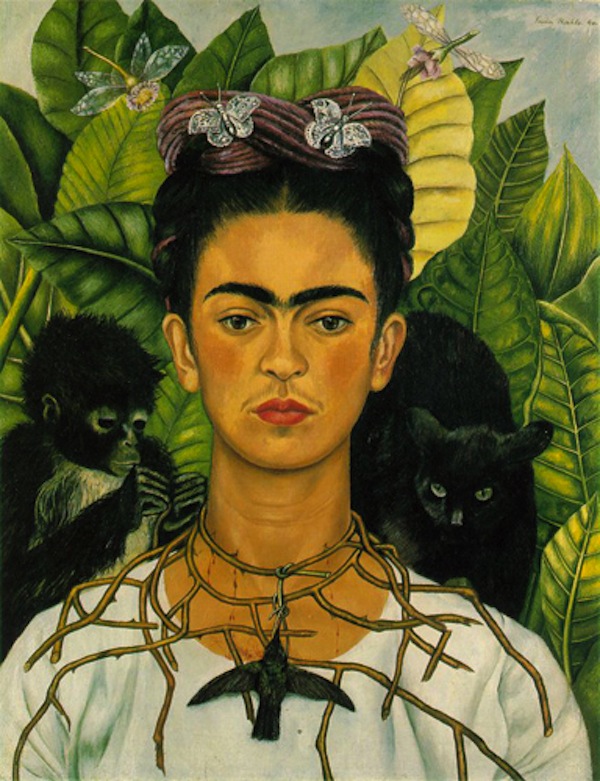
Consider what type of expression, mood and emotion you wish to convey and how this will be reflected in how you handle the paint, the colors you choose and the technique that you will employ. While you should spend time considering the emotions you wish to represent, the principal aim of this exercise is to portray your own face and head as an object in space, using color, tone and mark-making to portray yourself – the emotional impact of the piece should evolve from the careful study and rendering of the painting.
Choosing the shape and composition
Choosing how you will frame your own head and the design of the picture plane is crucial before you start work on the image. Imagine the mirror is the picture that you will be creating. Try placing your head in the center of the reflection, facing straight forward with equal space symmetrically all around.
Next, experiment with disrupting the symmetry by moving your head to one side, moving forwards to fill the reflection with your face and moving away from the mirror so there is more space around your image. Experimentation such as this gives you a sense of how you want to balance the image and how shape and composition interact with your intentions for creating a self-portrait.
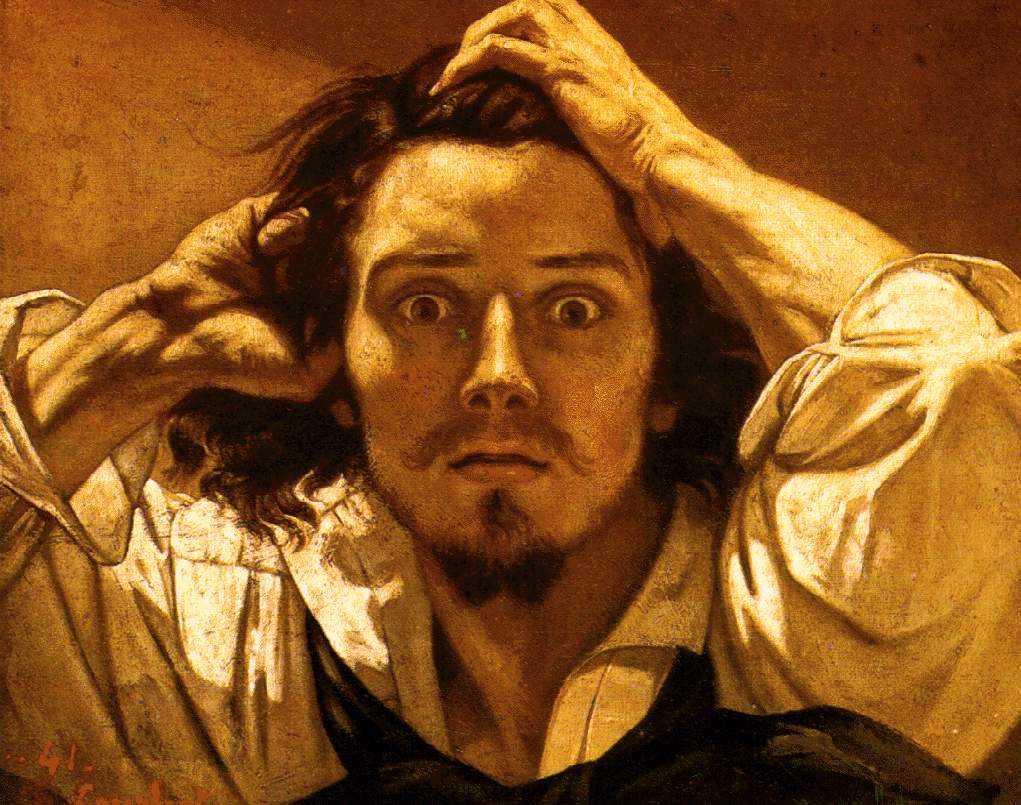
Tone and color
Once you have settled on a composition, it’s time to consider how you will approach the color and tone of the painting. Look carefully at your skin – the face is not a monotonous skin tone, it is instead a patchwork of different colors, highlights and subtle reflected light coloring the shadows. Consider too that you are not only painting your face, the colors and tones of the space around you head will have equal importance in the finished piece.
Think about how you will use warm and cool tones: warm tones such as orange and red usually appear closer than areas that are painted in cool blues and grays, and areas with greater tonal variation also appear closer to the viewer – careful use of these effects can have a profound effect on a sense of space and depth in your painting. There is a large number of art textbooks available which explain all about color theory and artistic practice, and it is well worth researching and reading around the subject while you develop you artistic technique.
Materials
Now that you’ve given thought to the composition, color and tone of your painting you are almost ready to start work on your picture; you just need to decide on what type of materials you want to use. Ideally, you should experiment with a variety of different types of paint – watercolor, acrylic, gouache and oil – to discover which medium best suits your artistic style.
Style and technique
Finally, the style and technique you use will probably only become apparent once you start work on your self-portrait. Look at the work of other artists to find styles and themes that inspire you, and then start painting your own picture. The self-portrait is a project that you can return to again and again, developing your style and techniques and provides an invaluable record of your progression as an artist and as a person.
Guest Author: Claire Mills
*Thank you for visiting FineArtTips.com. You can see my art on my website, LoriMcNee.com, and let’s meet on Facebook Fine Art Tips Facebook Fan Page, on Twitter, Google Plus and on Pinterest. Be sure and check out and my fine art prints and notecards on Fine Art America.! ~Lori



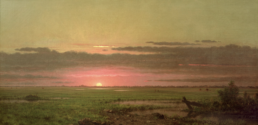
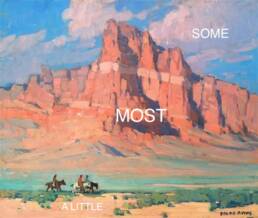
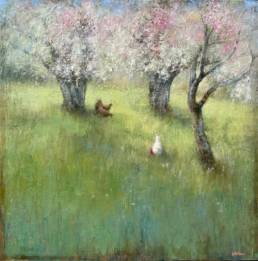
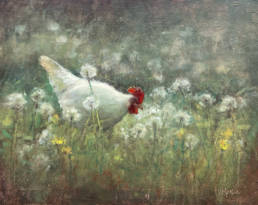
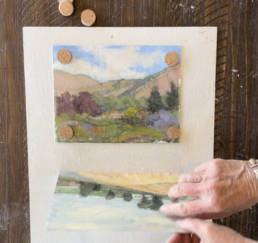
These are really practical instructions, Claire.
I like painting self portraits. I always have myself as the model.
Great Info.
Many thanks Joecy
Thanks for your tips about portrait.iwil try
I hope you find them helpful! 🙂